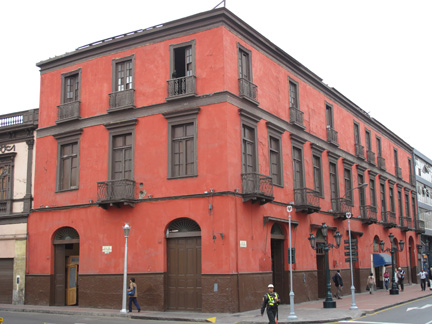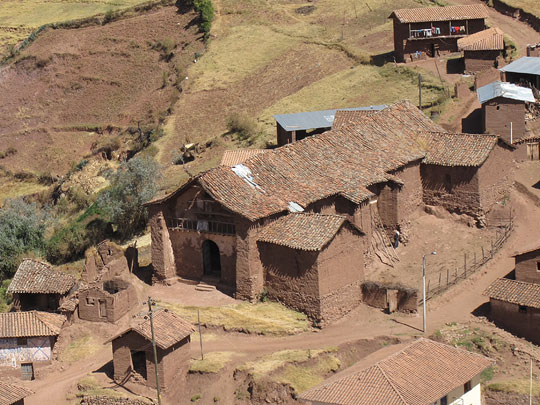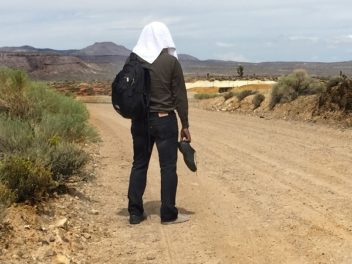As Californians, we are well aware of the damage that results from earthquakes, even in new buildings constructed with modern materials. But what happens to historic buildings made of earthen materials such as adobe? These structures can be particularly vulnerable during an earthquake, especially if they lack proper seismic reinforcement and regular maintenance.

The vast adobe city of Chan Chan, in Peru, was the capital of the Chimu Kingdom, which reached its zenith in the 15th century
In the 1990s, the Getty Conservation Institute (GCI) developed a major research and laboratory testing program that analyzed the seismic performance of historic adobe structures in California and developed cost-effective retrofit methods that substantially preserved the authenticity of these buildings. With the intention of adapting these retrofit methods for use in other regions of the world, the Conservation Institute has joined forces with the Department of Architecture and Civil Engineering at the University of Bath, United Kingdom, and the Escuela de Ciencias e Ingenieria, Pontificia Universidad Católica del Perú in Lima, to form the Seismic Retrofitting Project.
The project is based in Peru, which has a long and rich tradition of building with earth, from the ancient cities of Caral and Chan Chan (pictured above) to the vernacular and monumental structures of the colonial and republican eras, and which is located in a highly active seismic region. While focused in Peru, the project’s results will be widely applicable to other countries in Latin America.

Earthen commercial and residential structures were constructed in Lima during the colonial and republican eras.
The lack of proper retrofitting and maintenance has left many historic earthen structures in Peru susceptible to earthquake damage. The Seismic Retrofitting Project addresses some of these conservation challenges by designing and testing easy-to-implement seismic retrofitting techniques and maintenance programs that make use of locally available materials and technologies to improve the structural performance and safety of historic earthen buildings, while minimizing the loss of original historic material.
In July, an international group of architects and engineers with expertise in seismic engineering, building materials, and the conservation of historic structures convened in Lima to carry out a peer review of the work that the Conservation Institute and its partners have been doing to study and strengthen historic earthen structures in Peru.

Peer review group, project partners, and engineering students from Pontificia Universidad Católica del Perú visit the Plaza Mayor in Lima
The peer review group provided valuable feedback on the work that’s already been completed, which included the selection of four prototype buildings for study, and the development of a methodology to assess their structural systems and condition.

The Hotel El Comercio in Lima, constructed of adobe and wattle and daub, is one of the prototype buildings being studied.
Feedback from the peer group will also benefit current and future work, which includes testing structural elements and connections in the laboratory and on site and developing computer-based structural models to analyze both the existing seismic performance of the prototype buildings and the effectiveness of the retrofitting techniques developed for the project.


Digital building models, such as this one of the Church of Kuño Tambo near Cusco (above), are being used to analyze the seismic performance of the prototype buildings. Digital model image courtesy of the University of Bath
While in Lima, the Conservation Institute also signed an agreement with Peruvian Ministry of Culture to collaborate on the dissemination of the project results to Peruvian conservators, architects, engineers, and site managers and the implementation of the retrofitting techniques, as part of a larger future conservation project at a site in Peru.




Comments on this post are now closed.
Trackbacks/Pingbacks